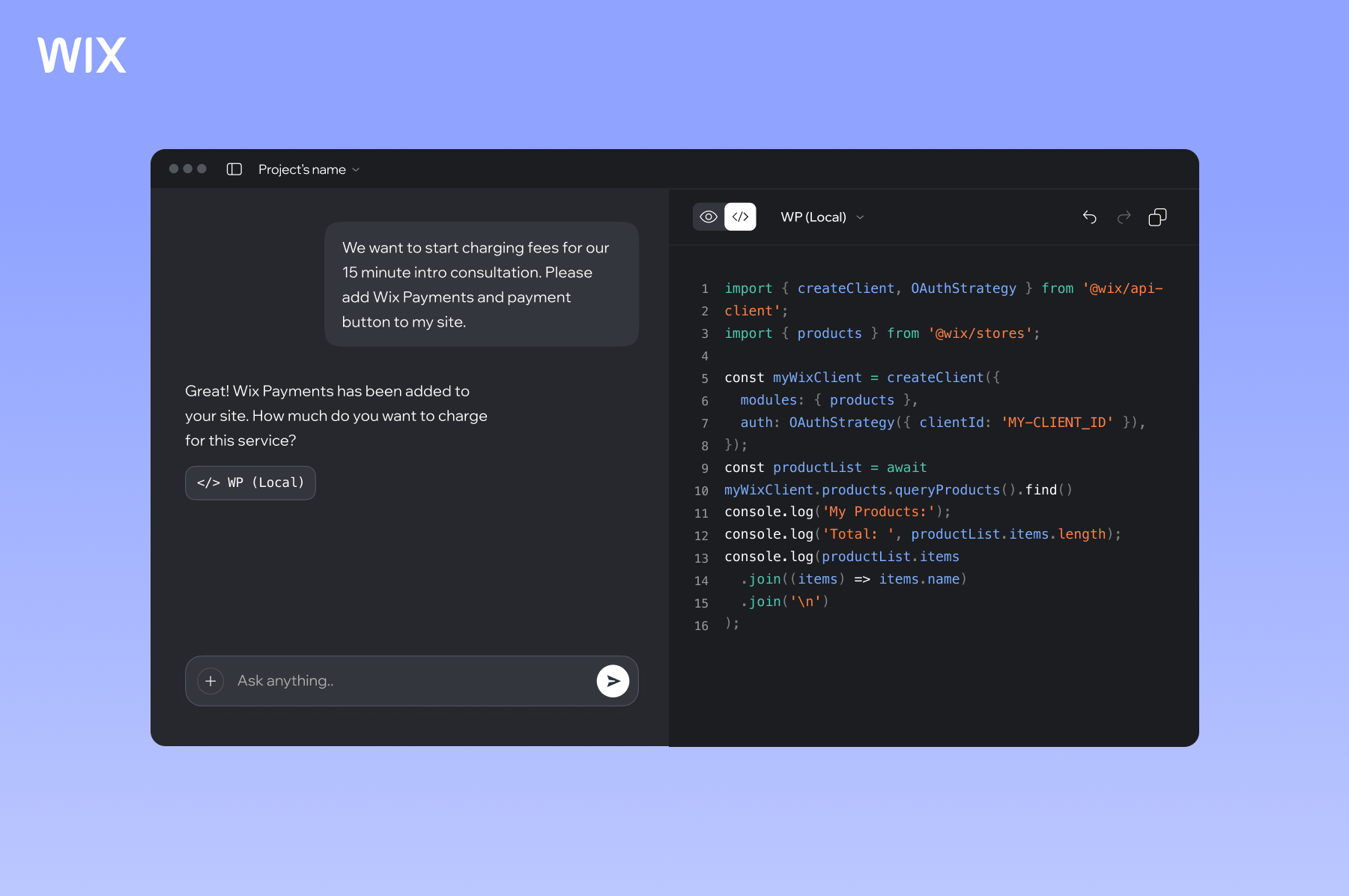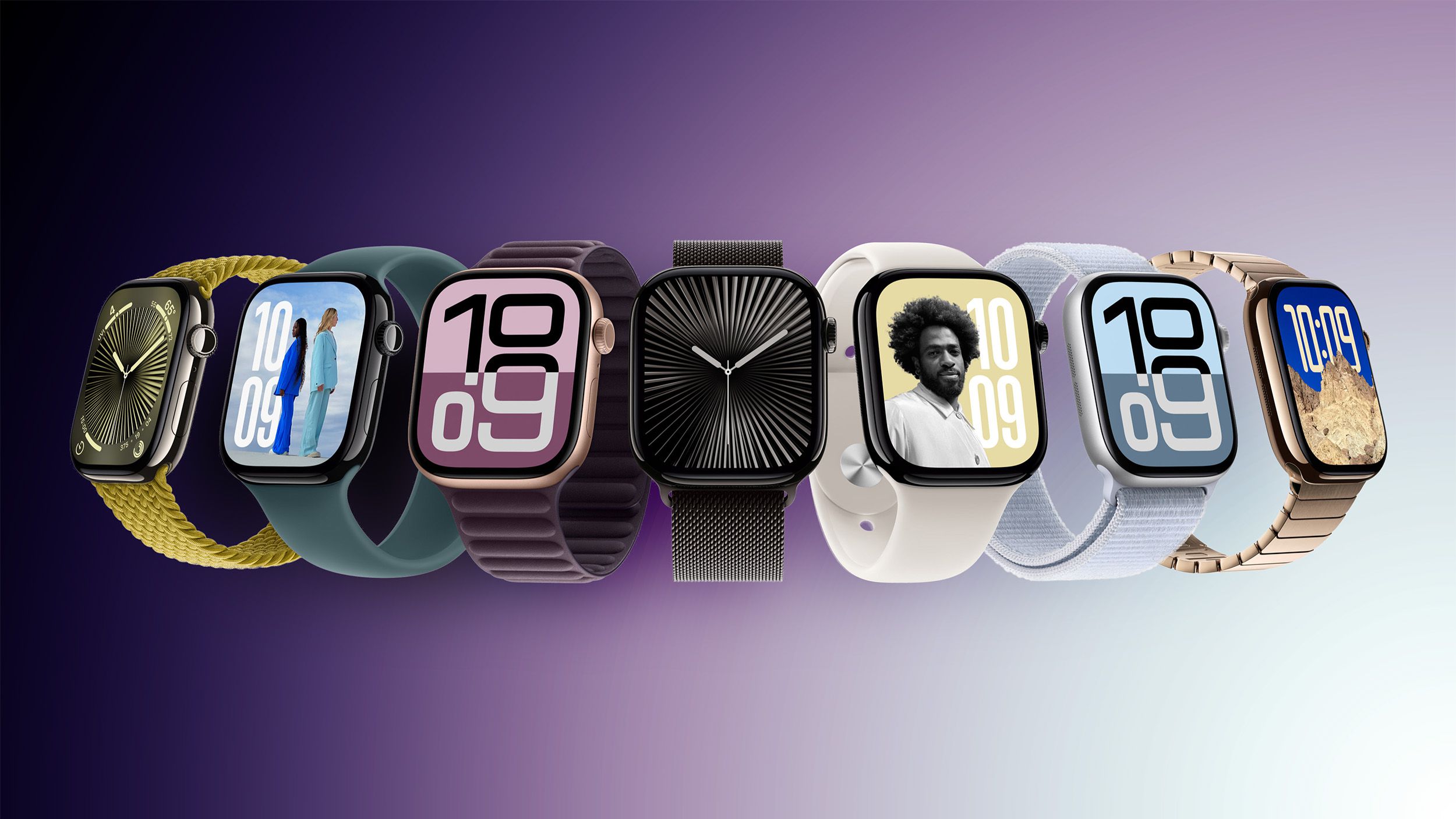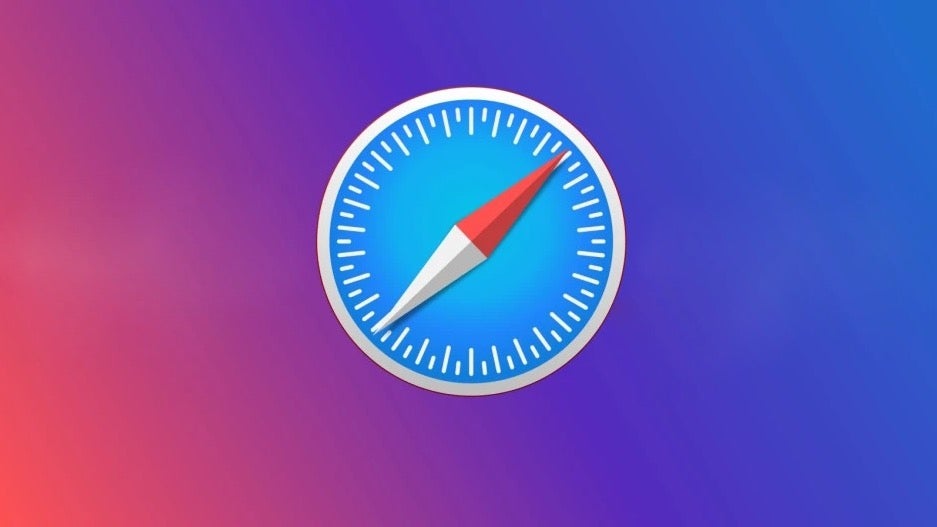How AI is revolutionising size inclusivity in fashion
As technology reshapes the industry, size inclusivity is no longer just an aspiration; it’s an economic and ethical imperative. From refining size charts and reducing return rates to creating hyper-personalised shopping experiences, AI is making fashion more accessible for everyone.


For far too long, the fashion industry has grappled with size inclusivity, relying on inconsistent sizing and limited options that leave many shoppers feeling excluded. But artificial intelligence is driving a much-needed shift.
From refining size charts to reducing return rates and creating hyper-personalised shopping experiences, AI is making fashion more accessible for everyone. And the numbers speak for themselves. The worldwide plus-size clothing market was worth $288 billion in 2023 and is projected to exceed $500 billion by 2033, according to Statista.
As technology reshapes the industry, size inclusivity is no longer just an aspiration; it’s an economic and ethical imperative.
Let’s understand how AI-driven innovation is moving towards a more inclusive future—one where everybody is considered and celebrated.
Transforming design for a better fit
One of the biggest challenges in size inclusivity is designing garments that fit diverse body shapes without compromising aesthetics or comfort. Standardised size charts have historically failed to accommodate variations in proportions, leading to frustration among consumers.
AI is reshaping this approach by utilising vast datasets of body scans and consumer measurements to develop patterns that better reflect real-world diversity. Generative design algorithms refine silhouettes based on these insights, ensuring improved fits across different sizes.
This is particularly crucial given how body proportions vary across regions—Indian consumers, for instance, tend to have shorter torsos and curvier frames compared to their European counterparts, who often have longer limbs and narrower waists. East Asian populations generally have more petite builds, while North American sizing often leans towards broader frames. By incorporating such regional variations, AI-driven design tools enable brands to move beyond a one-size-fits-all approach, creating collections that cater more accurately to different markets.
3D modelling and virtual prototyping enhance this process, allowing designers to test and adjust clothing digitally before producing physical samples. This reduces costs, minimises waste, and accelerates production timelines. Google’s Project Muze has already demonstrated how machine learning can generate clothing designs based on user preferences, offering a glimpse into the future of AI-driven fashion. As technology continues to advance, brands will be better equipped to expand their size offerings without excessive costs or delays, making inclusivity a standard rather than an afterthought.
Personalisation that empowers customers
A one-size-fits-all approach no longer works for modern consumers who seek clothing tailored to their unique needs. AI-powered recommendation engines analyse customer preferences, past purchases, and even social media behaviour to offer size and style suggestions that feel more personal.
Virtual fitting rooms, powered by AI-driven body scanning and augmented reality, help shoppers visualise how clothing will look on their specific body shape before making a purchase. These innovations eliminate the frustration of inconsistent sizing across brands and empower consumers to shop with confidence.
According to a Klarna survey, 65% of consumers desire more personalised shopping experiences, and 23% are willing to rely on AI for clothing recommendations. AI-driven tools analyse millions of data points, including body scans and customer feedback, to refine size recommendations.
Reshaping production to serve every body
Beyond design and retail, AI is transforming manufacturing processes to support greater inclusivity. On-demand production models, powered by AI’s ability to predict demand and optimise supply chains, enable brands to create a broader size range without overproducing. This agility ensures that plus-size and petite offerings are just as readily available as standard sizes.
AI is also revolutionising fabric technology, assessing factors like stretch, drape, and adaptability to ensure garments perform well across different body types. This precision-driven approach is setting a new benchmark for inclusive fashion, making high-quality, well-fitting clothing more accessible than ever.
The economic case for size inclusivity is clear. AI’s role in streamlining production and meeting consumer demand ensures brands can tap into this growing market while maintaining efficiency and sustainability.
Rewriting the narrative of representation
AI’s influence extends beyond production—it’s also reshaping how fashion is represented in media and marketing. Brands are increasingly using AI-generated models that showcase a diverse spectrum of body types, skin tones, and abilities. These virtual models, trained on real-world data, are filling the representation gap that traditional advertising often ignores.
AI-powered analytics help brands understand consumer sentiment and demand for greater diversity. By moving beyond tokenistic inclusivity, the industry is embracing a more authentic, data-driven approach to representation.
Impact of AI is undeniable
AI is not a magic fix, but its impact on size and inclusivity is undeniable. By optimising design, enhancing personalisation, streamlining production, and improving representation, AI is helping brands break free from outdated size norms. The future of fashion is one where no consumer is left behind—not because it’s a trend, but because technology is making it possible.
The author is Co-founder of ZYOD, a tech-enabled fashion manufacturing firm.
Edited by Swetha Kannan
(Disclaimer: The views and opinions expressed in this article are those of the author and do not necessarily reflect the views of YourStory.)





































































































































































![[The AI Show Episode 146]: Rise of “AI-First” Companies, AI Job Disruption, GPT-4o Update Gets Rolled Back, How Big Consulting Firms Use AI, and Meta AI App](https://www.marketingaiinstitute.com/hubfs/ep%20146%20cover.png)











































































































































































-Pokemon-GO---Official-Gigantamax-Pokemon-Trailer-00-02-12.png?width=1920&height=1920&fit=bounds&quality=70&format=jpg&auto=webp#)













































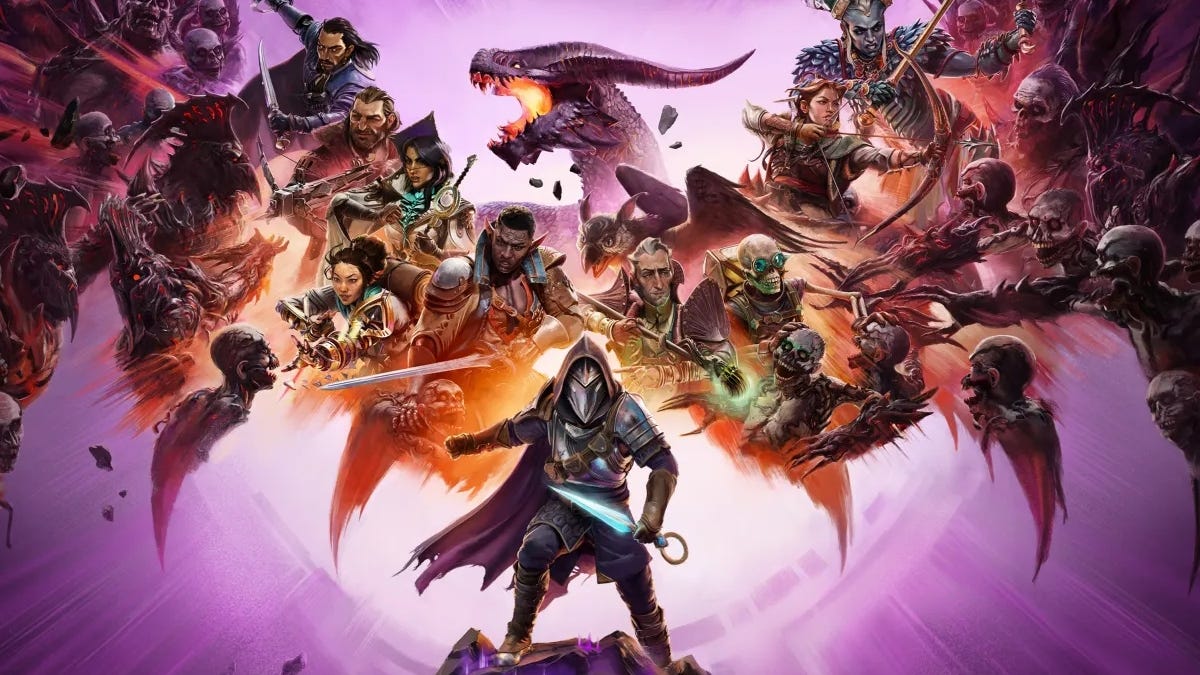


































![Apple Shares Official Trailer for 'Echo Valley' Starring Julianne Moore, Sydney Sweeney, Domhnall Gleeson [Video]](https://www.iclarified.com/images/news/97250/97250/97250-640.jpg)









_Wavebreakmedia_Ltd_IFE-240611_Alamy.jpg?width=1280&auto=webp&quality=80&disable=upscale#)

_Alexey_Kotelnikov_Alamy.jpg?width=1280&auto=webp&quality=80&disable=upscale#)
_Brian_Jackson_Alamy.jpg?width=1280&auto=webp&quality=80&disable=upscale#)











































































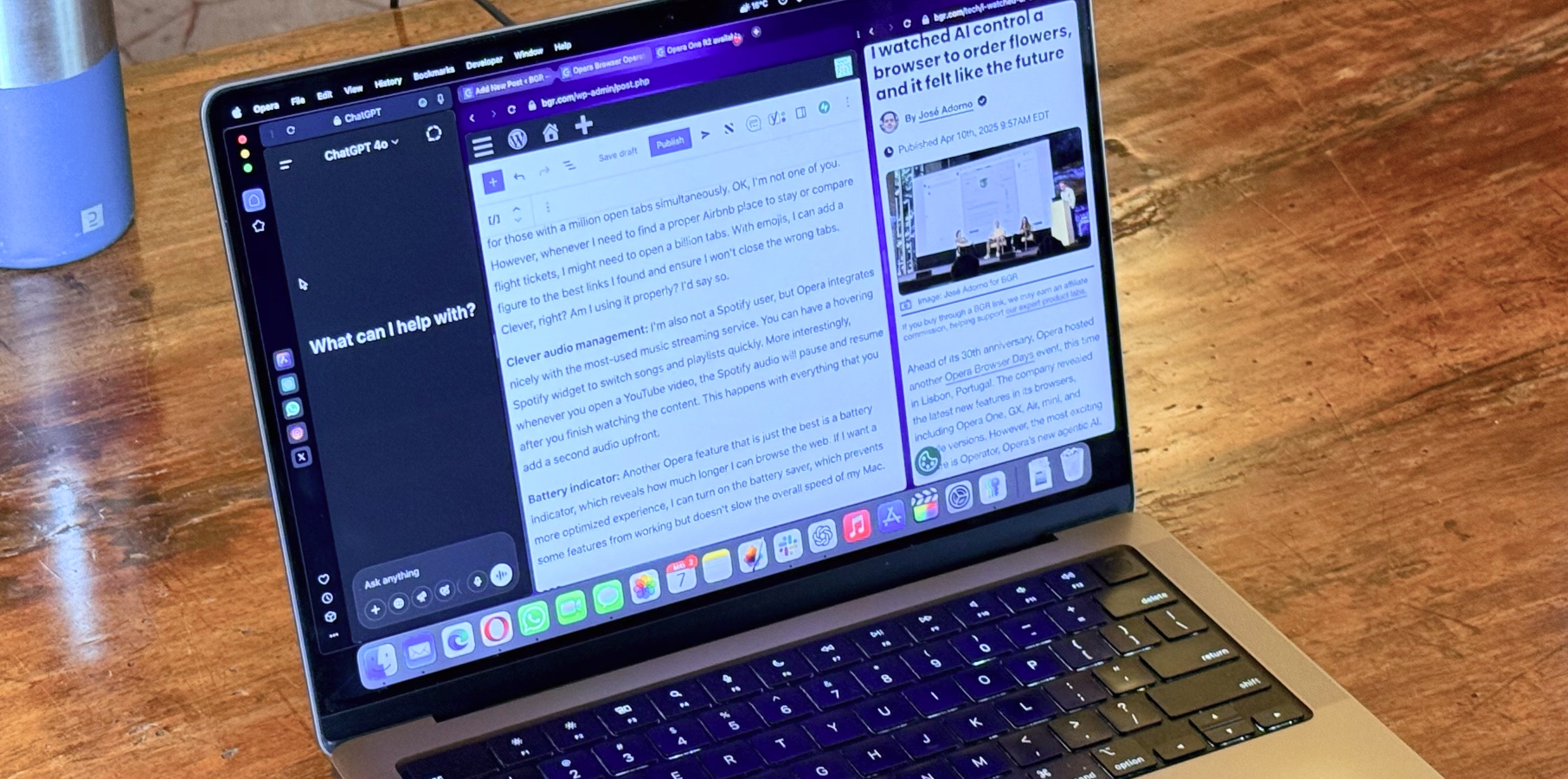


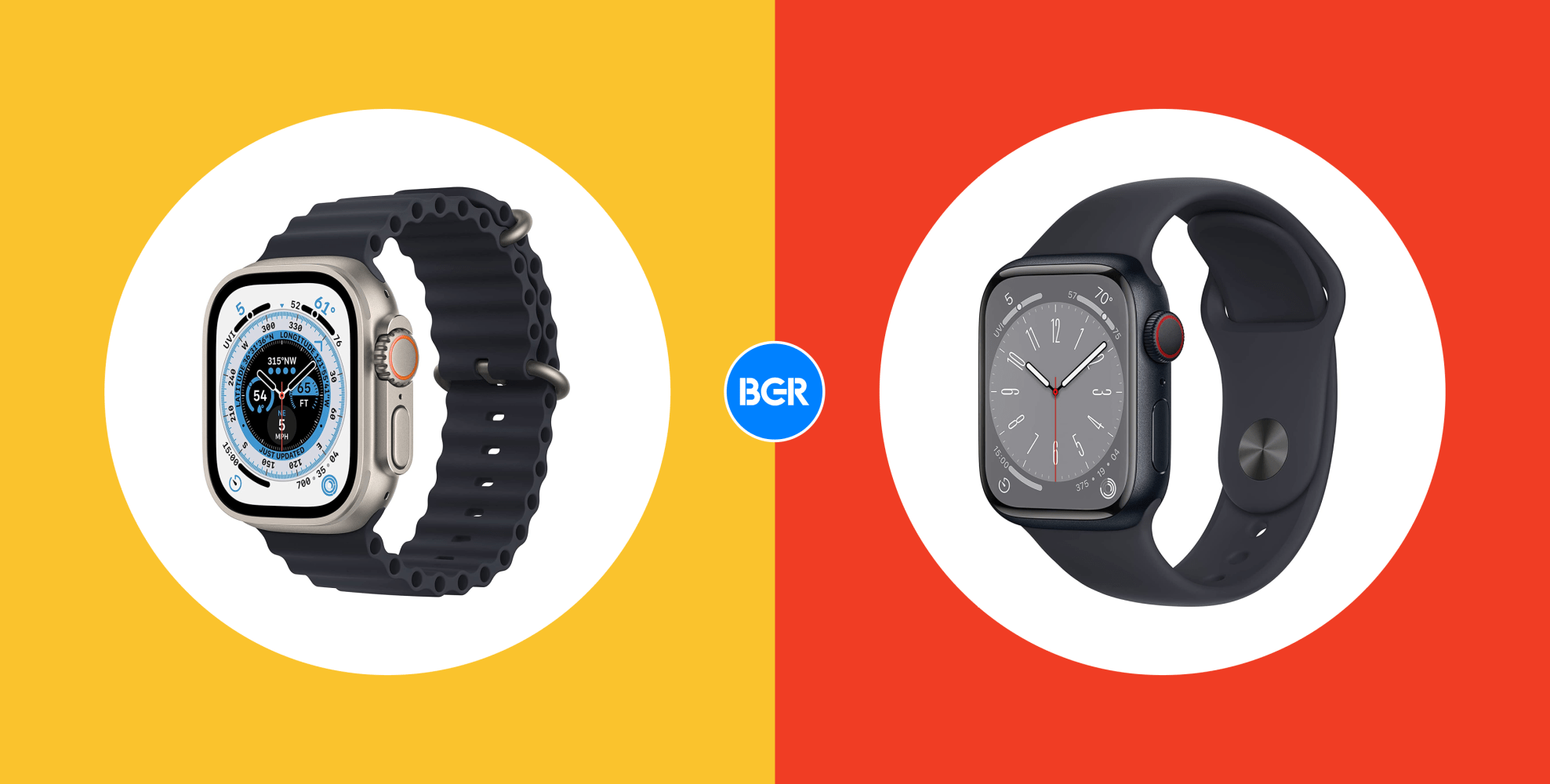





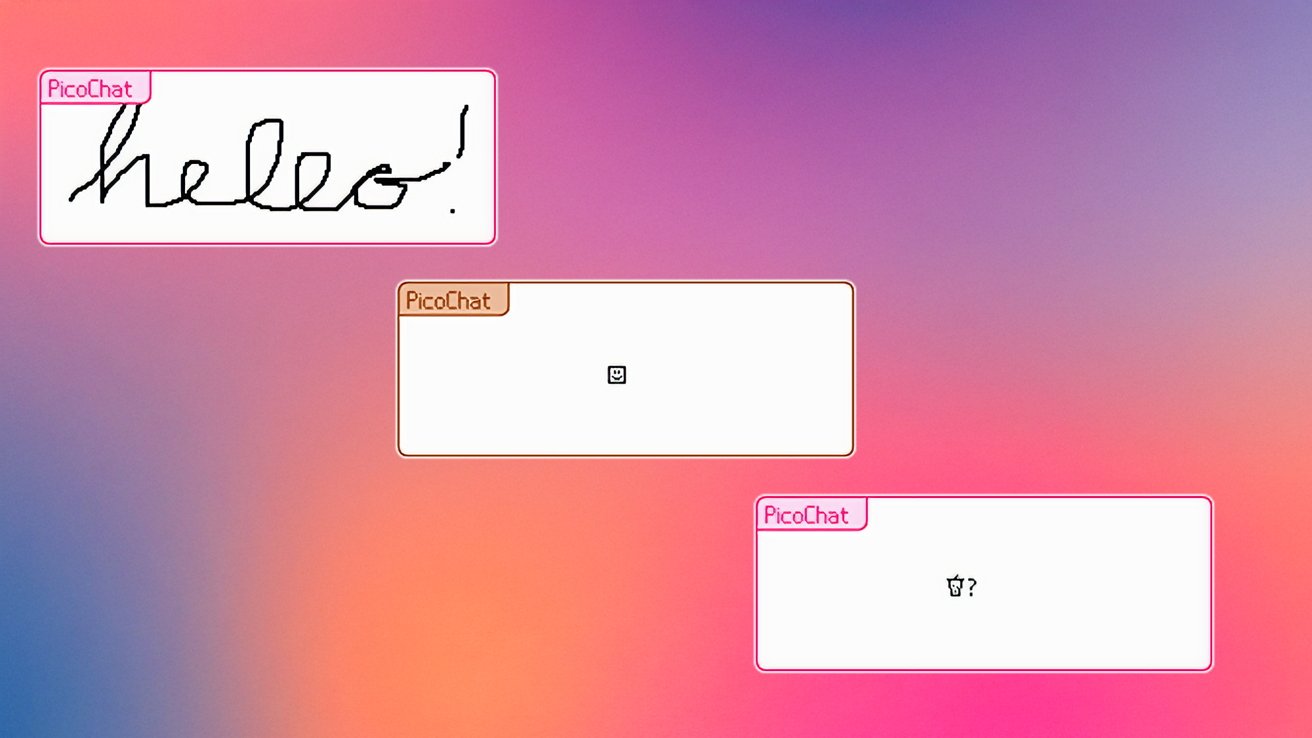


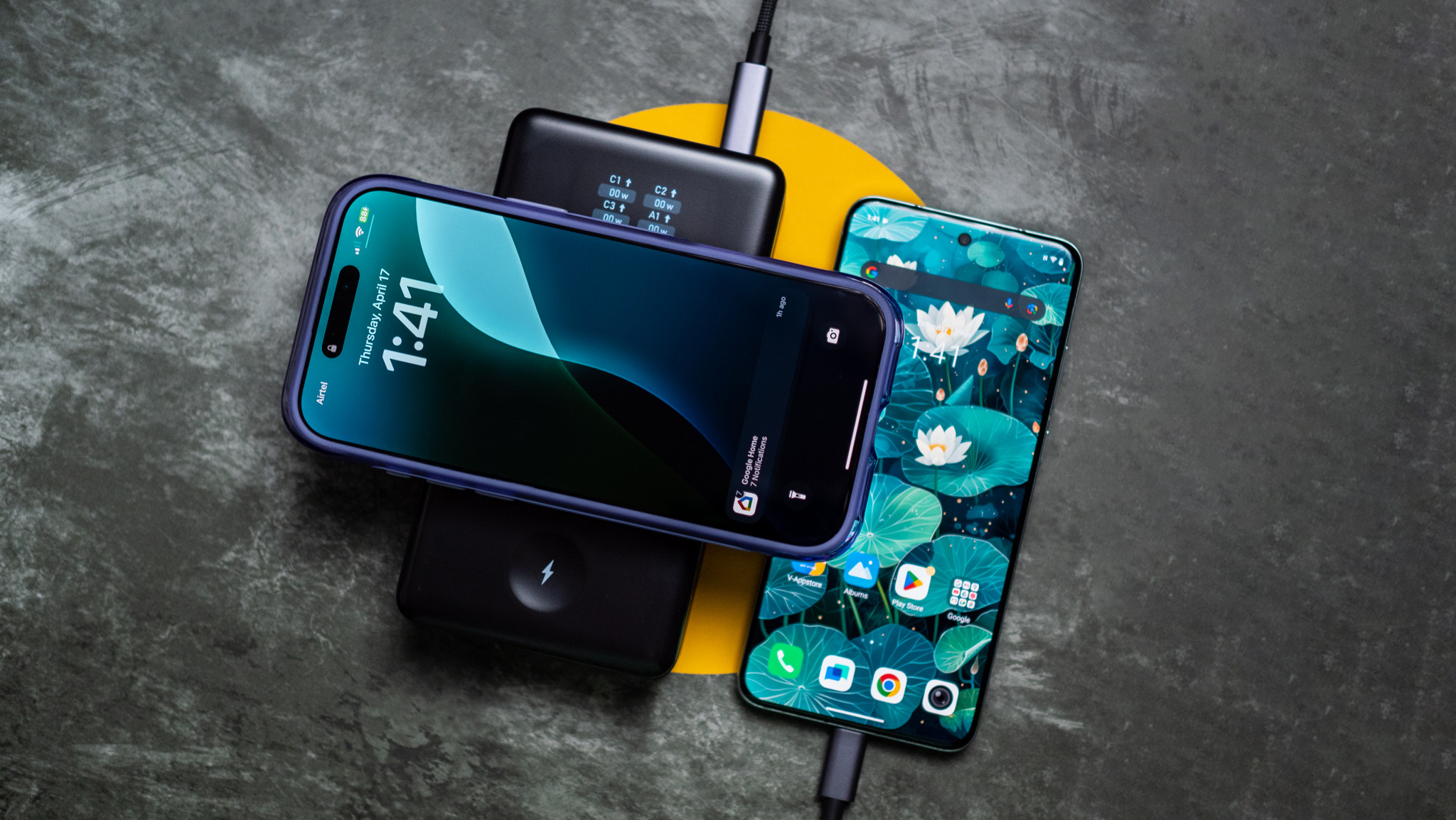
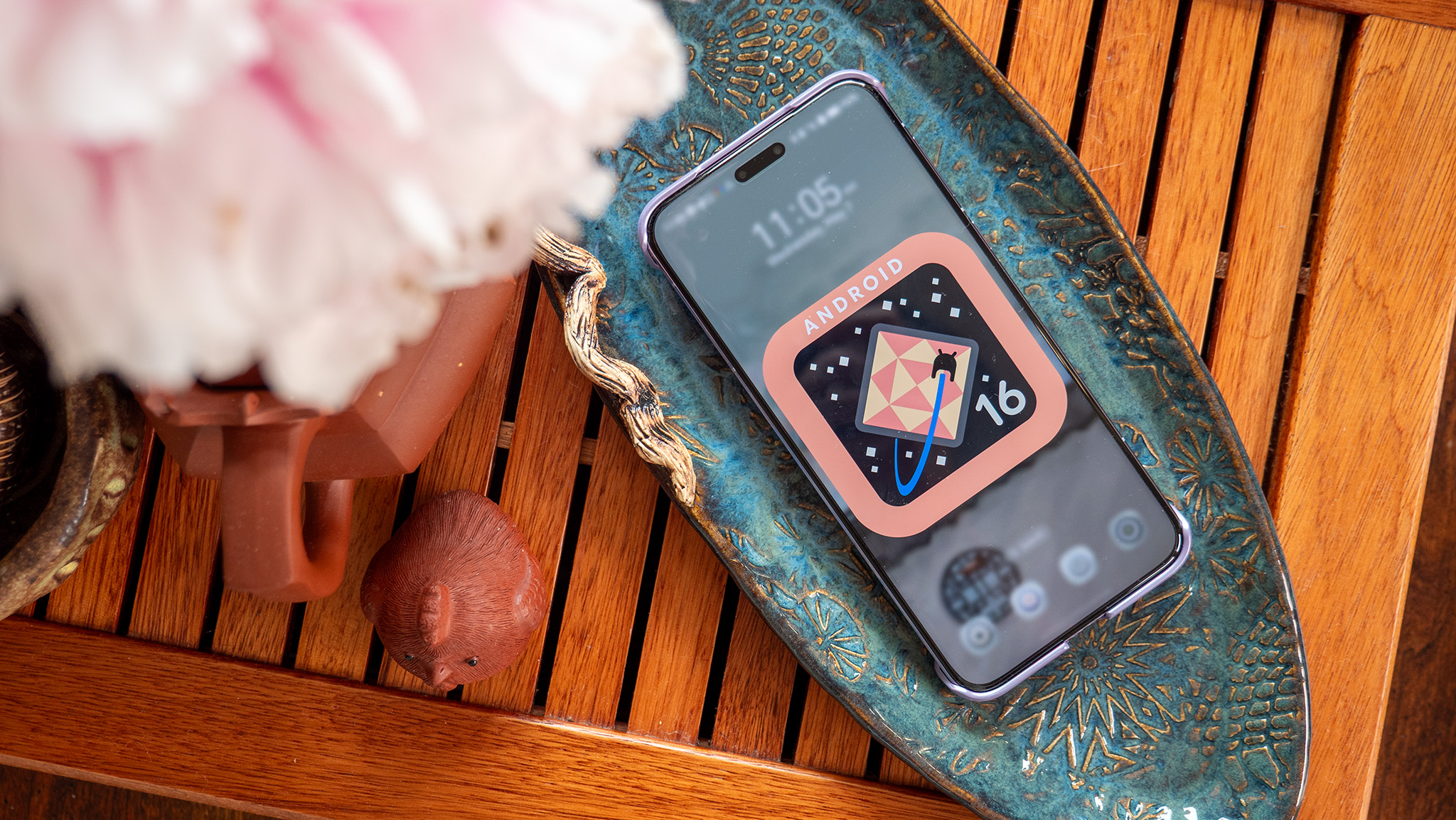
























![Netflix Unveils Redesigned TV Interface With Smarter Recommendations [Video]](https://www.iclarified.com/images/news/97249/97249/97249-640.jpg)




















